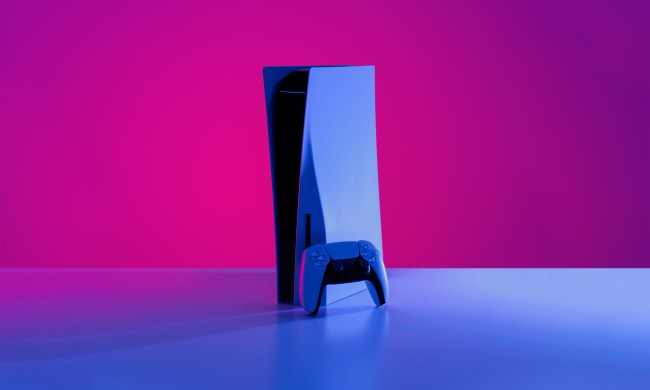Though games themselves don’t get announced at CES, it’s still one of the most exciting events for PC gaming hardware each year. This year, there was no shortage of new products and announcements, all of which will help set the tone for the rest of 2021.
In a time when you still can’t buy a new console, CES 2021 proved that the PC might still be the best place for true next-gen gaming. Here are the five trends in PC gaming that prove that.
High-end laptop gaming comes to AMD

Despite all the success AMD had in 2020, one of the areas Intel remained dominant was in high-end gaming. You couldn’t buy an AMD Ryzen-powered gaming laptop that had anything more powerful than an RTX 2060. But as CES proved, that’s about to change.
Brands like ROG and Legion have moved their entire gaming lineups over to AMD’s new Ryzen 5000 platform. For ROG, that includes laptops that use up to an RTX 3080, a first for AMD.
Why does this matter to gamers? Well, if you’re someone who wants to benefit from the multi-core advantage AMD has over Intel, you now have laptops that excel in that regard without having to sacrifice gaming performance. Most importantly, it should push the competition between Intel and AMD into overdrive, which is always a good thing.
HDMI 2.1 support for gaming monitors

Not everyone with a console keeps it in the living room. Some people do all their gaming at the desk, which is exactly what HDMI 2.1 gaming monitors are good for. A handful of them were announced at CES this year, ranging from the 27-inch Acer Nitro XB282K monitor up to the massive 43-inch Asus ROG XG43Q. HDMI 2.1 allows these monitors to play games at 4K at 120Hz, regardless of whether you’re playing on a console or on a gaming PC.
Thanks to its size, the ROG XG43Q, in particular, has the potential to cross the barrier between television and monitor. As more of these monitors and PCs come out to support HDMI 2.1, you can expect this space to grow quite a bit and provide a better experience for hybrid console and PC gamers.
RTX 3060 desktop bolsters midrange gaming

Despite just announcing the RTX 3060 Ti last month, Nvidia has already followed it up with the vanilla version of the midrange graphics card. The RTX 3060, which costs $329, offers an interesting counterbalance to the raw compute power of the RTX 3060 Ti. It has less CUDA cores, though it still has more than the RTX 2080 Super from the previous generation. It also has less ray tracing cores than the RTX 3060 Ti.
It makes up for that in memory, though. It features a whopping 12GB of GDDR6 memory, which is even more than the 10GB of the RTX 3080. We’ll have to wait and see just what the performance ends up being when it launches in February, but it could end up being a fantastic midrange graphics card for both gaming and content creation.
Gaming laptops go to the next level

Nvidia’s launch of its RTX 30-series laptop graphics cards wa the highlight of the show for PC gamers. Not only do these look to provide a major bump over the previous generation of mobile graphics, they’ve also inspired a glut of new innovation from laptop manufacturers.
On the high end, we’re finally seeing a move to higher resolutions and refresh rates. Paired with the RTX 3070 or 3080, laptops like the Razer Blade are now offering 1440p 240Hz screens for higher-definition gaming without losing the fluidity of a faster refresh rate. Asus has even launched the ROG Zephyrus Duo 15 SE, which comes with a 4K screen at 120Hz.
Meanwhile, gaming laptops are also getting thinner and more portable than ever. The Predator Triton 300 SE is a great example. It’s a 14-inch gaming laptop with an RTX 3060 and Intel’s new 35-watt processors. Asus took it a step further with its ROG X13 2-in-1, a 13-inch laptop no larger than a nongaming laptop. But to go with it, Asus designed the smallest eGPU ever made with the mobile RTX 3080 inside and a custom PCIe connection for increased performance. It’s the kind of innovation that could have never been possible without the raw performance in Nvidia’s new mobile RTX 3080.


